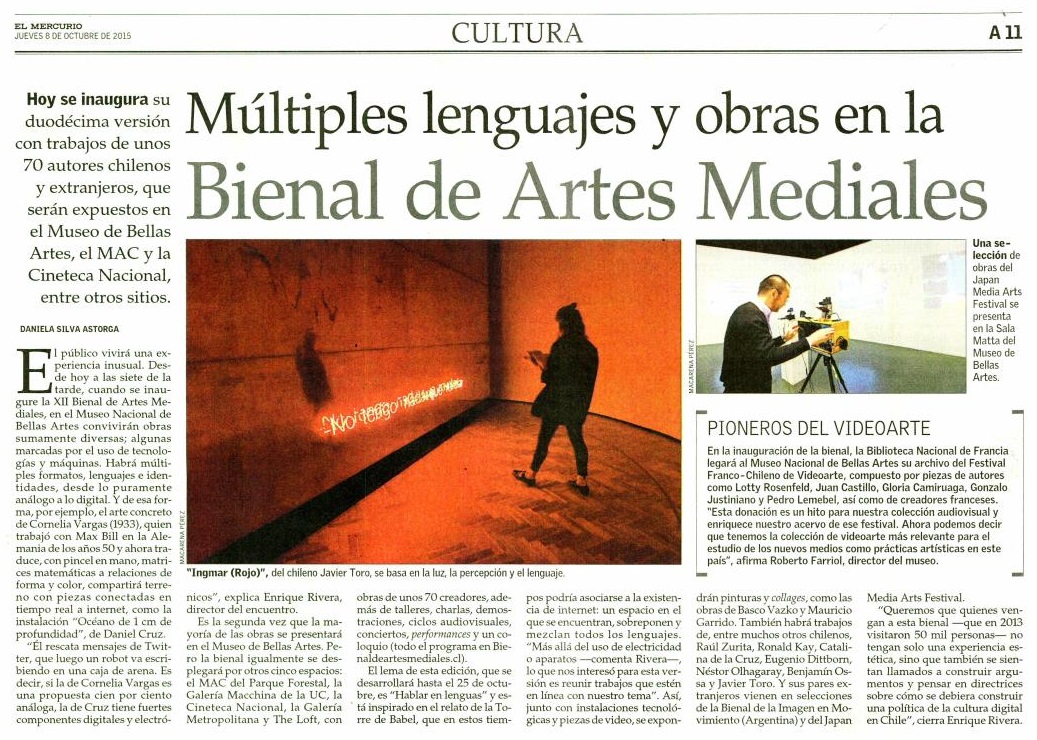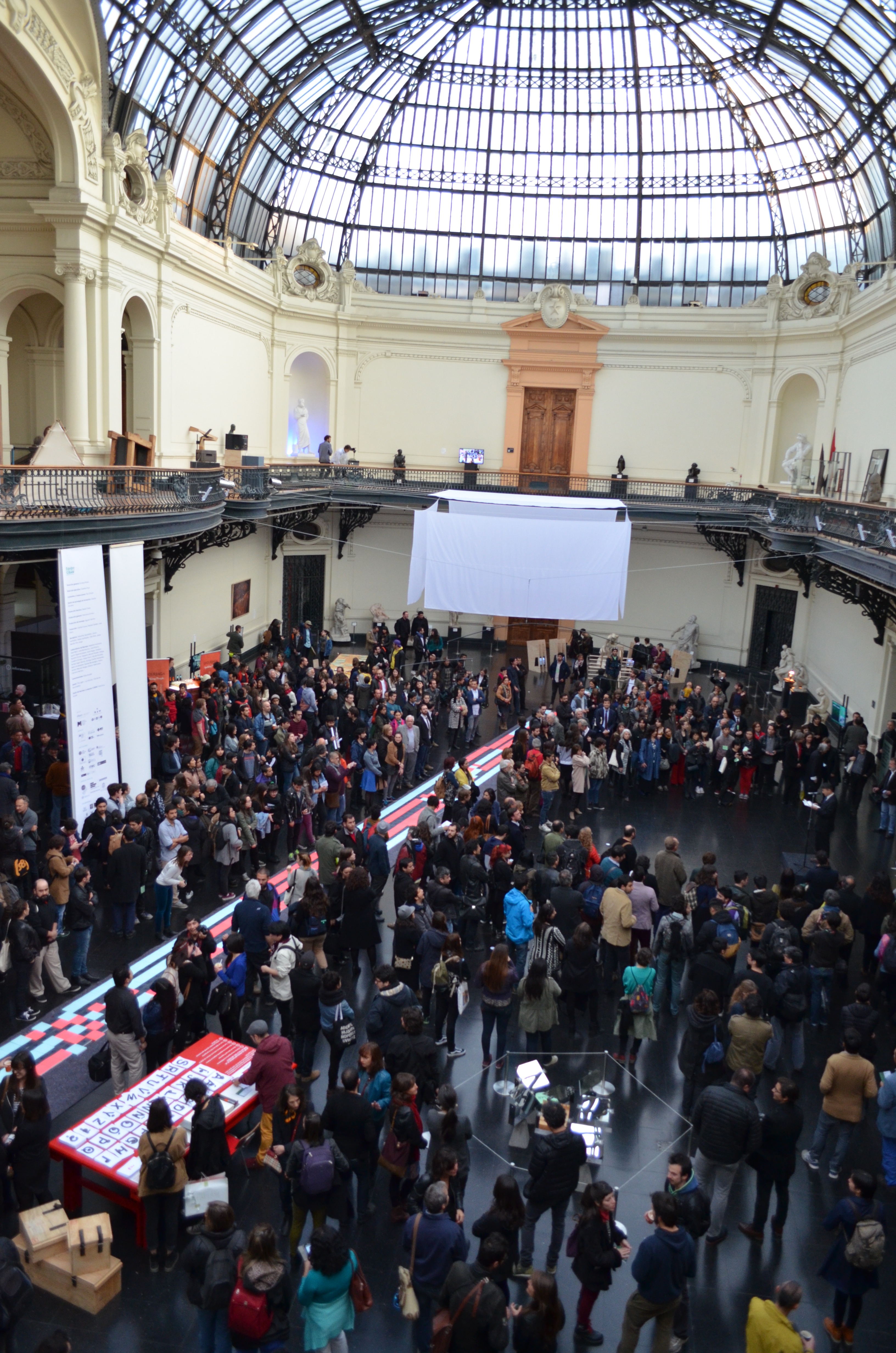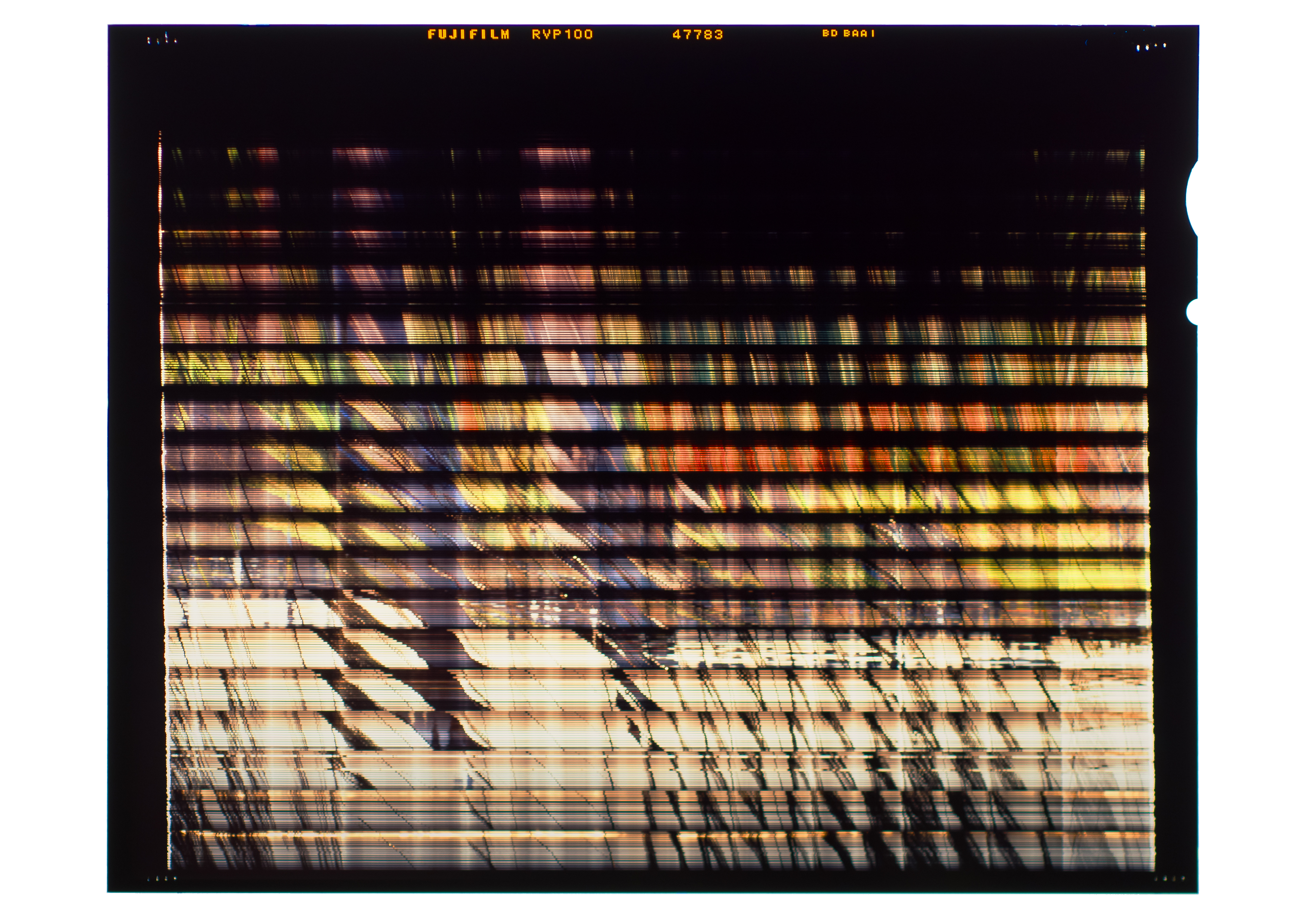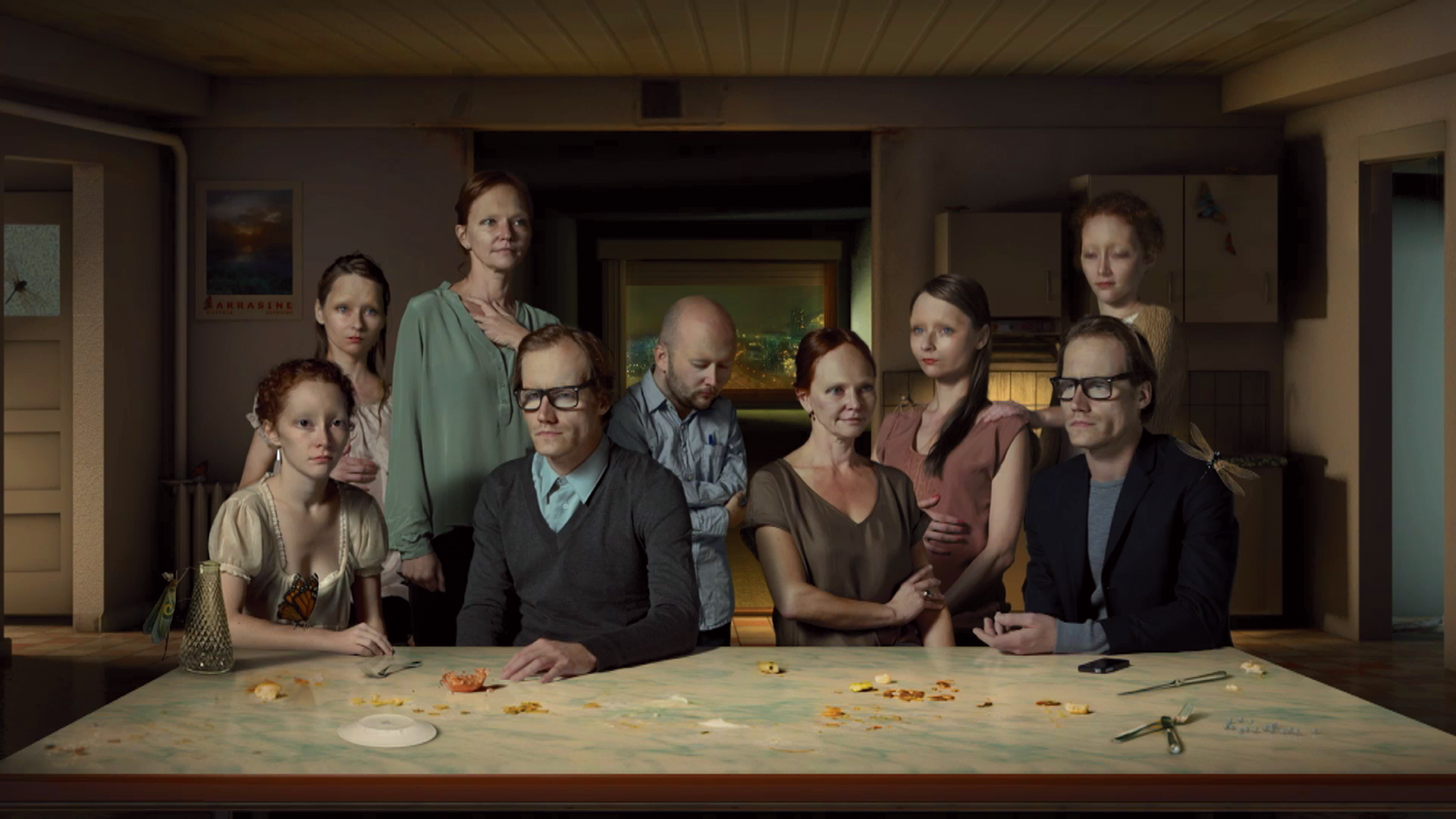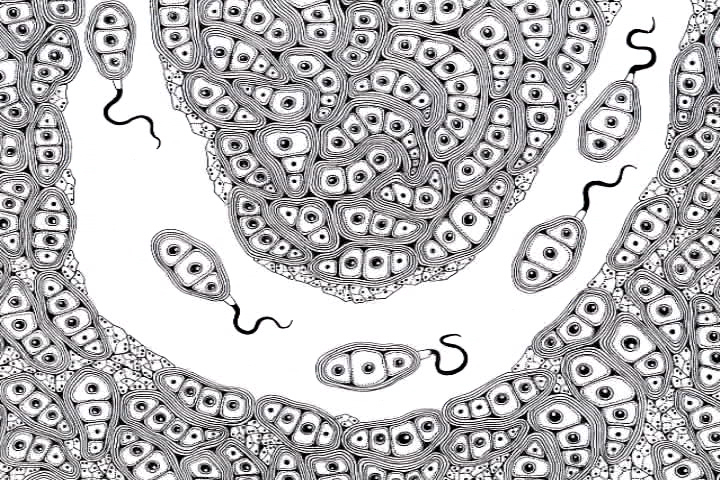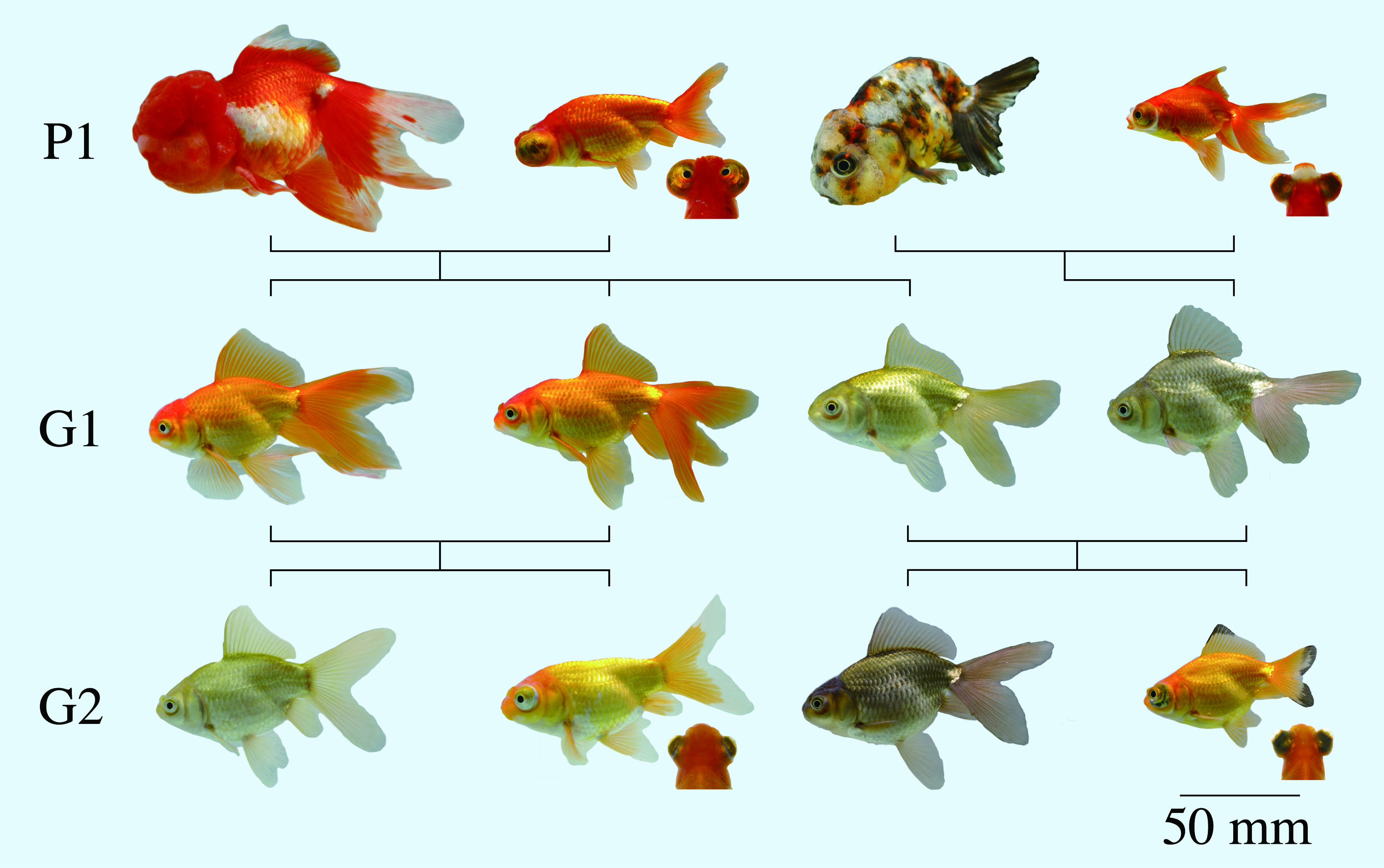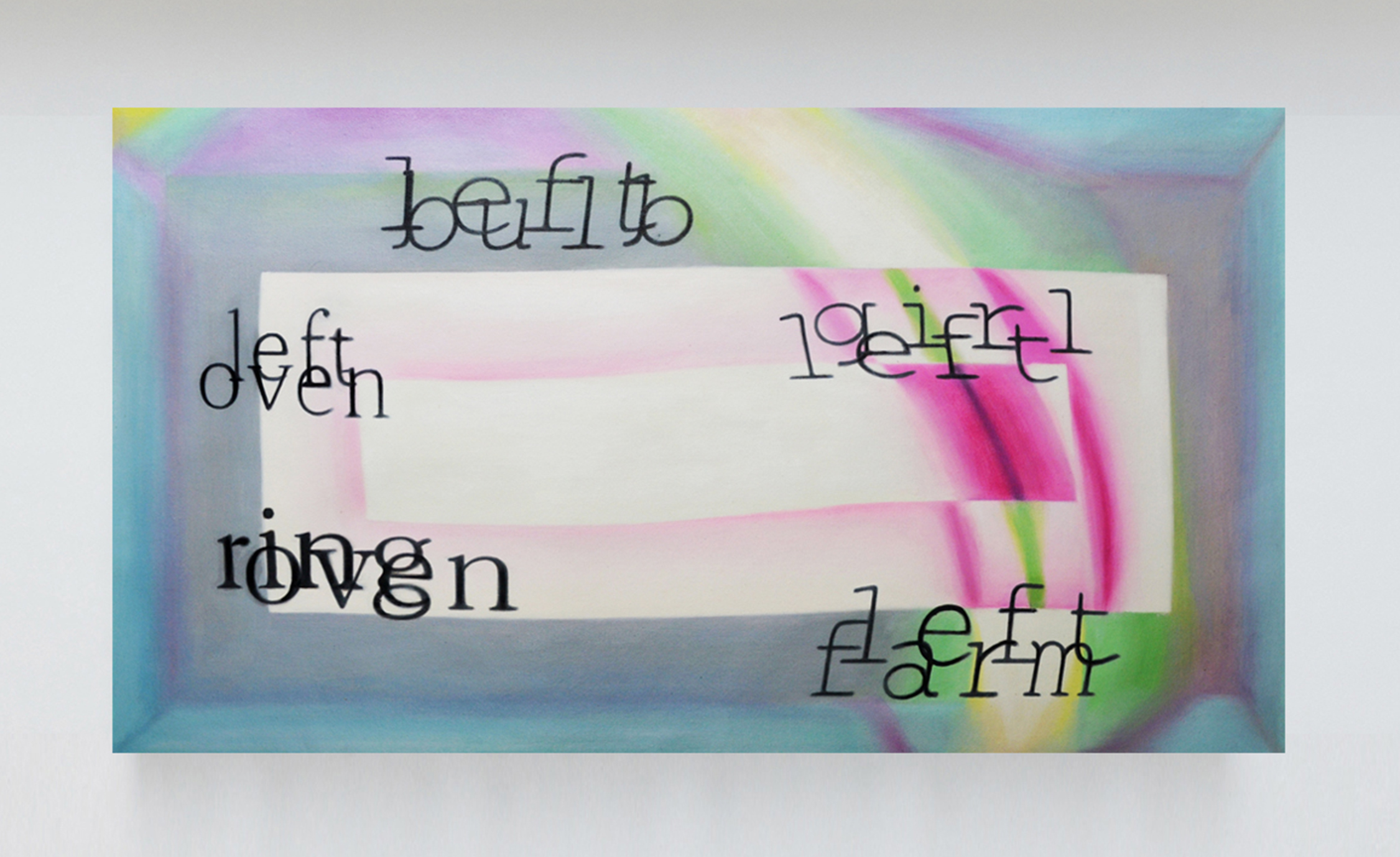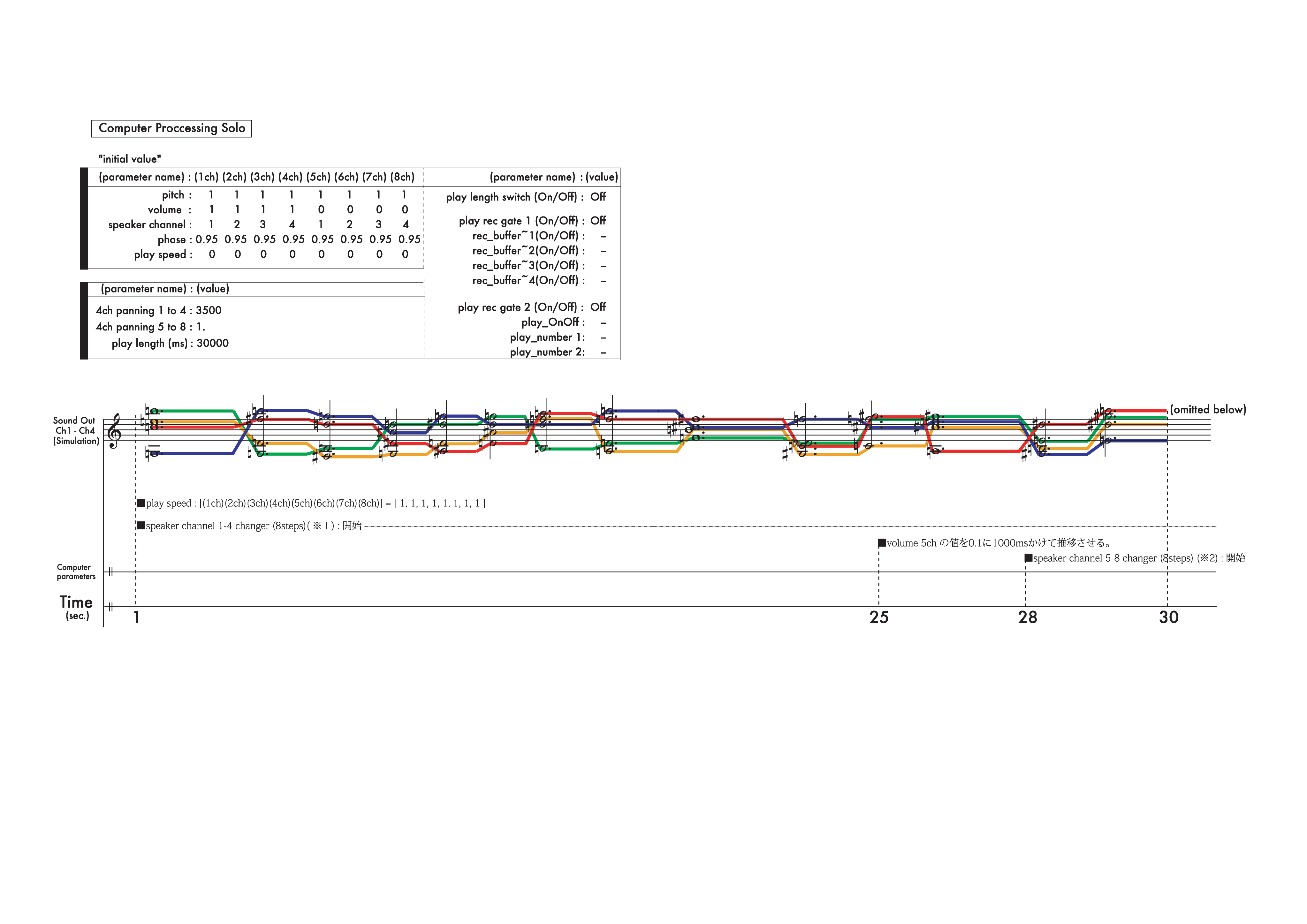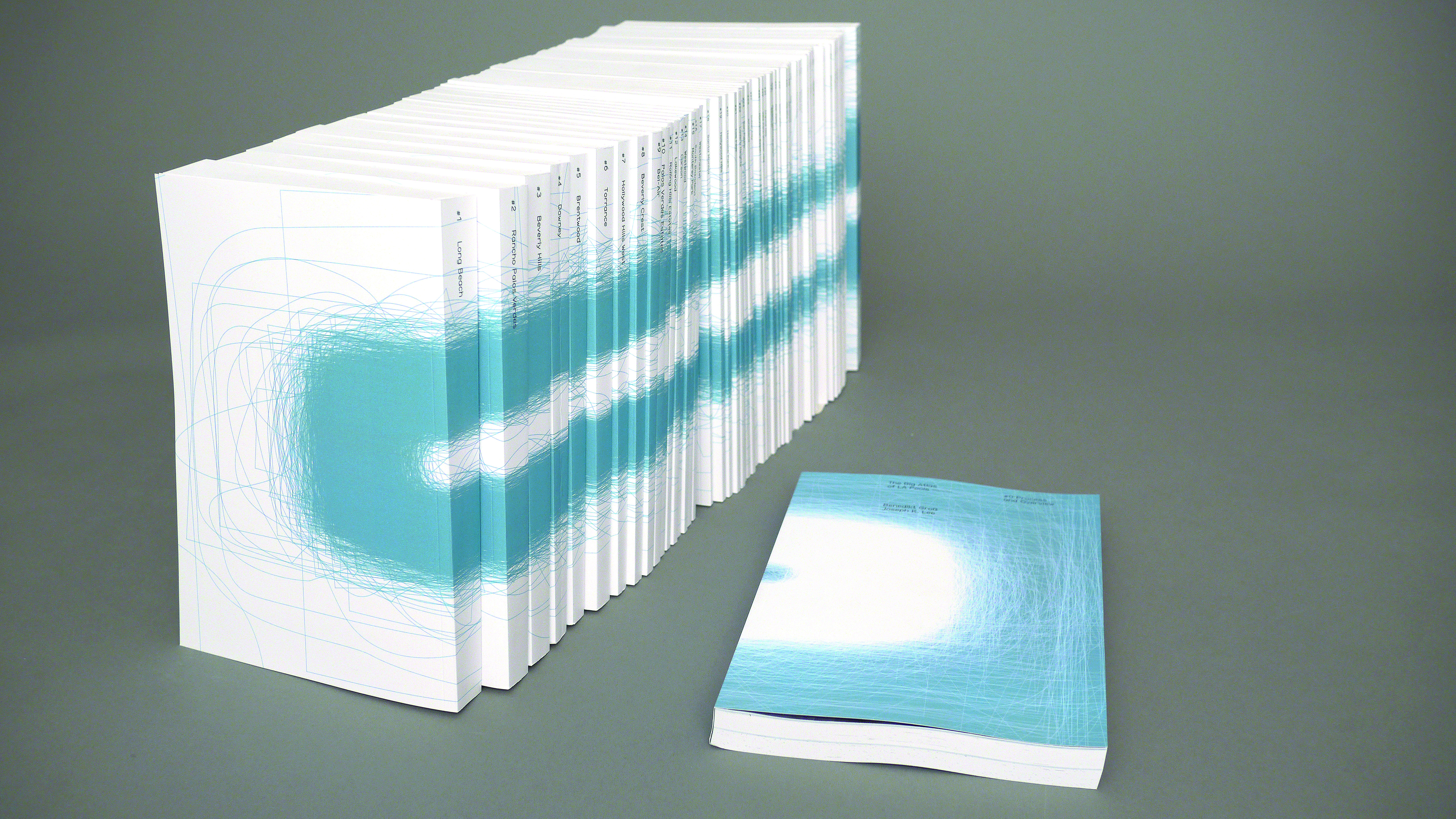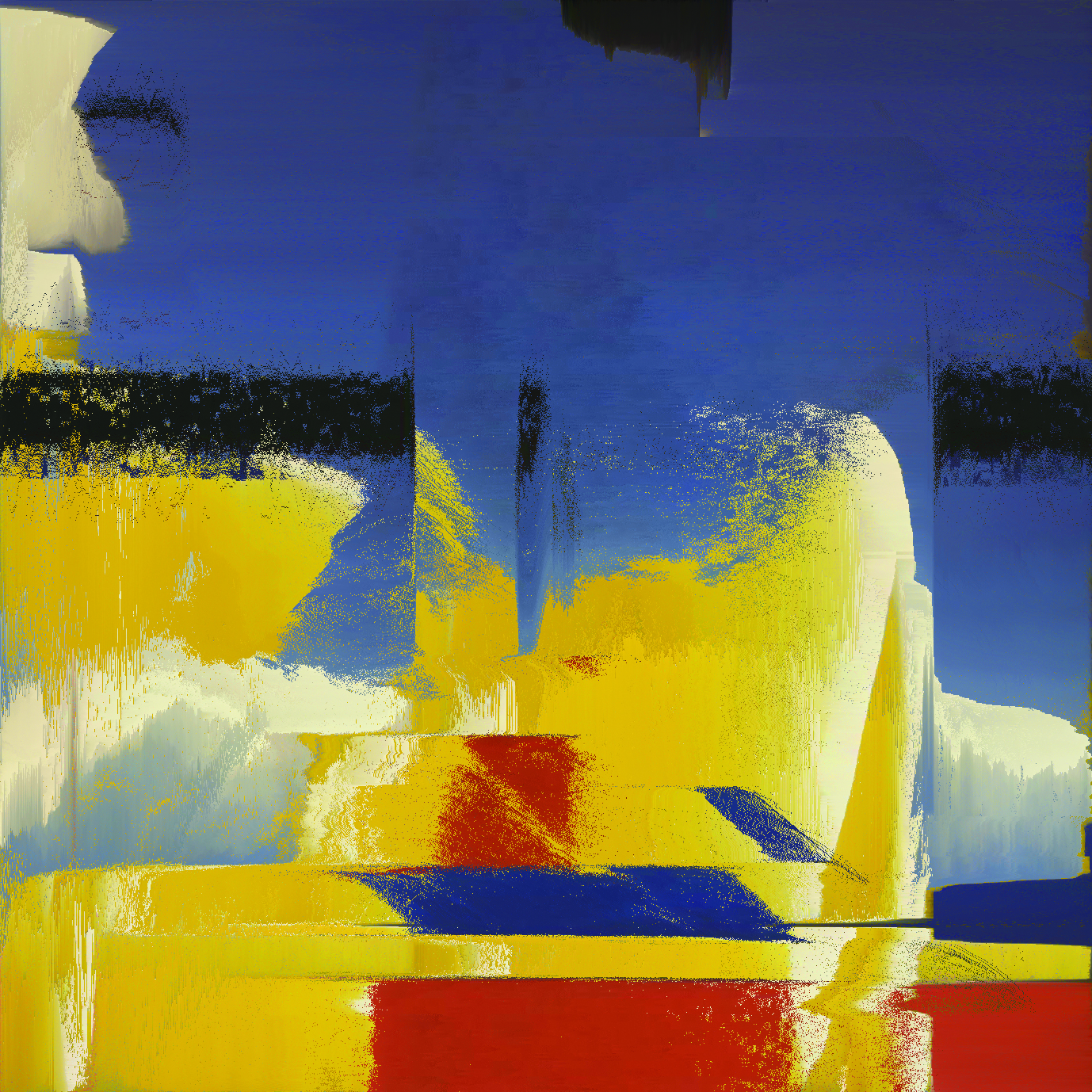This event is finished.
- Special Exhibition
Special Exhibition at 12th Bienal de Artes Mediales
A special exhibition The quick brown foxp2 jumps over the lazy media. was held at the 12º Bienal de Artes Mediales in Santiago, Chile, from Friday, October 9th to Sunday, October 25th. Planning director Akihiro Kubota, artist and professor of Tama Art University, selected ten works for introduction at the Sala Matta exhibition room in the Museo Nacional de Bellas Artes.
Opening reception was held on Thursday 8th Ocotober at Museo Nacional de Ballas Artes from 7p.m.
Enrique Rivera, Curator and Director Bienal de Artes Mediales, Roberto Farriol, Director of Museo Nacional de Bellas Artes and Takashi Kato, Director of Arts and Culture Division, the Agency for Cultural Affairs government of Japan gave a short presentation.
More than 1,500 guests attended the opening at 19:00 pm Thursday, 8th October and speeches were heard from Enrique Rivera, Director-General of the Bienal; Roberto Farriol, Director of the Museo Nacional de Bellas Artes; and also Takashi Kato, Director of the Arts and Culture Division of the Agency for Cultural Affairs. Creative coder Atsushi Tadokoro gave the impressive opening performance of linked video images and electronic music. Artist talks Kazuhiro Goshima, Alex Verhaest and Tomoya Ishibashi were featured on October 9th, the opening day of the Bienal. After the initial presentations, they spoke on the Bienal theme Speaking in Tongues, with respect to the common language found in their own works.
Tadokoro also led a workshop Creative Coding for Beginners, for 20 participants to have a go at some enjoyable creative coding for themselves. Kazuhiro Goshima gave a demonstration of This may not be a movie from Friday 9th to Sunday 11th October, answering diverse questions from the many visitors who came to take a look. In related events, Kubota visited the ALMA astronomical observatory to implement his residency production and made a presentation on that project on Sunday the 18th. Ernesto Ottone, Minister of Chile’s National Council of Culture and the Arts, also expressed high regard for the exhibitions, describing them as a first step towards the celebrations for the 120th anniversary of diplomatic relations between Chile and Japan in 2017 and looking forward to future developments.
Outline
Special Exhibition: The quick brown foxp2 jumps over the lazy media.
Period: Friday 9th October to Sunday 25th October, 2015 (Closed on Mondays)
*Opening reception on Thursday 8 October at 7:00p.m.
Venue: SALA MATTA, Museo Nacional de Bellas Artes, Santiago, Chile
Admission: Free
- Organizer:
- Agency for Cultural Affairs government of Japan
- Co-organizer:
- Chilean Video Corporation
- Co-operation:
- Consejo Nacional de la Cultura y las Artes / Embassy of Japan in Chile
- Planning director:
- KUBOTA Akihiro (Artist / Professor, Tama Art University, Japan)
- Project advisor:
- YOSHIOKA Hiroshi (Professor, Graduate School of Letters, Kyoto University / Aesthetics and Art Theory)
- MOURI Yoshitaka (Musical Creativity and the Environment, Tokyo University of the Arts / Sociology)
Voice of participants

Alex VERHAEST
Theme
Is language prior, or the medium? For animals which have no language, the media have no significance as medium. Conversely, for creatures that possess language, just about anything can become a medium. Language enters diverse materials and modes of expression from the audio-visual to codes and data. Language commences as experimental sounds emitted by the individual. These expressions in sound are shared and articulated in society to give birth to visual text and rise to structured grammars. Language is based on biological perception and shaped by the bodies which produce it and environments in which those bodies behave.
New languages are latent in new media. Communication is made possible and simultaneously a distinctive accent (parole) is generated from language (langue) when a medium becomes lingual. This exhibition focuses on not only script, sound and images but also the new media (languages) of codes and data to introduce media arts as the accents (individual grammars) so produced.
Planning director / KUBOTA Akihiro
KUBOTA Akihiro profile:
Born in 1960. Artist. Professor at Department of Information Design, Tama Art University. Explores the world of hybrid creation which crosses and combines various domains, including satellite art, bio-art, digital fabrication and sound performance using musical instruments which he makes himself.
Artworks
The curatorial theme is followed by 3 sections.
Audio-Visual
Language is produced by the senses of sight and hearing. Perception is at the root of linguistic expression. But just as written poetry gave rise to concrete verse and sound poems, perception is not merely the root of language but also that which releases us from the existing (shared) text and grammar. New perceptions and new languages are different aspects of a single phenomenon. The media are constantly being reinvented according to new languages, and new accents emerge from this.
This may not be a movie
Media installation
2014/Excellence Award at 18th Art Division
Conventional movies and videos are formed from a succession of frames (still images), but in this work a “moving image” is created using a “video camera/cine projector without frames”. This is a work that requestions the fundamental concept of movies/videos until today through an unprecedented groundbreaking system. At the time of shooting, 324 optical fibers embedded within a grid are responsible for 324 pixel dots. By sliding the film in the film folder with a turn of the handle, the mechanism exposes the film to the light passing through the fibers. By then sliding the film in the same manner than it was at the time of exposure, it becomes possible to reproduce the moving image as lines of light.
GOSHIMA Kazuhiro: Video artist. Taking the theme of the boundary between digital and analog, he has produced numerous video works going beyond live-action and computer graphics.
Temps mort / Idle times – dinner scene
Interactive video installation
2014/New Face Award at 18th Art Division
Temps mort / Idle times is an experimental film relating the story of a family embroiled in an age-old family drama. The story is spread across a wide range of distinct works, each depicting a scene and each attempting to engage the viewer with interactive elements. Spectators are encouraged to form bonds between these disparate facets. The project explores the mechanics that drive the medium of film, and in its realization the artist has raised the question: How does one create a narrative, or a character? What role does editing play in this process? How does one move an audience to enter into the illusion? How could interaction extend an illusion?
Alex VERHAEST: Born in 1985. New media artist. Largely focused on language, stories, and the impossibility of communication.
MIZUE Mirai animated short films
Animated short film
2003―2013/Jury Selections at 7th,11th,13th,15th,17th Animation Division
MIZUE Mirai animated short films introduce his past 5 works which are based on motifs such as "cell" and "geometric figure"
『Fantastic Cell』2003
『LOST UTOPIA』2007
『METROPOLIS』2009
『MODERN No.2』2011
『WONDER』2013
MIZUE Mirai: Born in 1981. Animation director, illustrator and designer. Studied animation at the Graduate Program of Tama Art University.
Fantastic World
Online comic
2014/Jury Selections at 18th Manga Division
An online comic by HIRANO Ryo, an artist active in a wide range of fields such as video and animation. Influenced by the occult culture of “Hollow Earth” theories, a mysterious world existing within a rubberlike cavity in the earth becomes the setting for the story, in which links are drawn with reality. An entire world of cuteness and pop is gradually revealed to the reader.
HIRANO Ryo: Born in 1988. Video artist, manga artist, and illustrator. Belongs to FOGHORN.
Code
Code consists of rules for transforming fragments of the expressed information perceived in script, numbers, spoken words and gestures into different symbols or expressions. Codes operate not only on the everyday human scale but also on through every kind of medium from the micro-world of cells up to architectural forms, cities and on to amorphous network spaces and outer space. Transformation is a medium for linking different worlds. There are media within media and even a private language can, in the final analysis, all of a sudden achieve universality.
Goldfish Liberation Movement
Media performance, Bio art
2014/Jury Selections at 18th Art Division
Goldfish have been selected artificially for aesthetic purposes ever since their ancestral was separated from the wild crucian carp 1,700 years ago. They cannot swim well and their coloring is disadvantageous for avoiding predators. They could not survive in a natural environment anymore. The Goldfish Liberation Movement is about restoring wildness to the goldfish by reviving characteristics of the crucian carp. This bio-political activity inverts both human aesthetics and the flow of time and leads us into ancient love-hate dramas played out between the human race and goldfish.
1,700 Years
This new addition to the Goldfish Liberation Movement series was made especially for this exhibition. One of the most extreme varieties, Ping Pong Pearl, is currently a big hit in Japan. The ping pong pearlscale goldfish, like all others, are descended from a line which separated from the wild crucian carp about 1,700 years ago. This work is based on a genetic sequence, AB052332, which connects the ancestral crucian carp and ping pong pearlscale goldfish in a direct line.
ISHIBASHI Tomoya: Born in 1990. Pursues creative activities on the theme of nature.
THE CAPTCHA PROJECT
Graphic art, Installation
2014/Jury Selections at 18th Art Division
This project addresses contemporary issues of labor in the form of a series of paintings created by Chinese painters, experts in reproducing copies for the Western market. The artist signed an agreement with them, splitting the costs and profits of the project, and asking them to reproduce CAPTCHA codes invented to tell humans and machines apart.
Emilio VAVARELLA: Born in 1989. A multidisciplinary artist based in New York. Focuses on issues of political philosophy and contemporary technological power.
Data
The world of perception produced by language derives from information. The perception of information reshapes that information for transmission or processing to express it as something that can be reinterpreted as information. With today’s realization through the expansion of information networks of big data as an environment, it is becoming ever more essential to evaluate the materials and forms of data as origins of language.
"patrinia yellow" for Clarinet and Computer
Media performance
2014/Excellence Award at 18th Art Division
This work is a live performance of a musical score by a clarinet and a computer expressing the annual cycle of a yellow patrinia. The compositional method of the piece involves the close arrangement of the sounds made by the performer and computer according to organic laws and parameters in order to express at various scales the circulation/elasticity/rhythm of the life of the plant that is its subject. With its methods of live performances and of processing recorded sound to produce music, or “real-time sampling” comparable to the ecological cycle of a plant, this work can be considered an attempt to explore an original music theory within contemporary music.
Satoshi FUKUSHIMA: Born in 1977, Japan. Composer, musician and programmer. Complited his Master's at the IAMAS, Japan.
Drone Survival Guide
Graphic art, Website
2014/Excellence Award at 18th Art Division
A pamphlet containing the silhouettes of the 26 most common types of unmanned aircraft, or “drones”, indicating their purpose and nationality, and also including a survival guide for protection in case of coming under their surveillance or attack. According to a report, by 2032 the number of unmanned aircraft flying over America will climb to 30,000. Drones have a wide range of applications, from surveillance and attack missions to spy on or even kill people, to humanitarian and disaster relief missions that can help people survive. This work aims to familiarize us with these aircraft that will become ever more commonplace in the near future. Under what conditions will these unmanned aircraft be permitted to fly over our skies, and how will accidents be avoided? In spreading knowledge related to drones, this is a work which suggests the necessity for a more intimate discussion about this situation.
Ruben PATER: Born in 1977. Designer. Tackling political themes, he develops visual works that have narrative aspects.
The Big Atlas of LA Pools
Data art
2013/Excellence Award at 17th Art Division
The Big Atlas of LA Pools is about the process of mapping and mapmaking in a contemporary age of big data, open data, crowdsourcing, and citizen science. As a “twoperson army”, Benedikt GROSS and Joseph K. LEE located and traced the contours of over 43,000 pools and other manmade water bodies — features which computer vision alone could not adequately demarcate. Throughout their project, the two exploited the idea of “crowdsourcing” to process the aerial ortho-imagery of their study area in Los Angeles County and to validate their dataset using commercial online third-party services, such as “clipping farms” and Amazon Mechanical Turk. Furthermore, the authors incorporated additional layers of contextual information that might suggest surprising, intriguing or sinister spatial relationships within LA’s social and physical landscapes.
Benedikt Gross: Speculative and computational designer who works antidisciplinarily.
Joey Lee: Experimental geographer practicing interaction design, environmental science, and media art.
PixelDrifter – the pixel-sorting app
Application software
2014/Jury Selections at 18th Entertainment Division
PixelDrifter is a powerful pixel-sorting tool written in pure Java. It doesn't simply sort pixels – it's more like a scientific visualization/artificial intelligence program that “breathes life” into pixels, making them decide where to travel. With this application, KROTEVICH wanted to move beyond glitches by creating a tool for software art.
Dmitriy KROTEVICH: Computer science enthusiast from St. Petersburg, Russia.
Related Program
ARTSAT ALMA RESIDENCE “SETP: Search for Extra-Terrestrial Poetics”
“ARTSAT: Art and Satellite Project” used the world’s first art satellite, “ARTSAT1:INVADER”, launched in February, 2014, to transmit a coded cosmic sound poem “Cosmic Poem” from Earth orbit. The art sculpture “ARTSAT2:DESPATCH” was launched into an Earth escape trajectory in December, 2014 and used for the joint experimental reception of poems generated in deep space.
In the Alma residence, SETP: Search for Extra-Terrestrial Poetics, the ALMA radio telescope, which gathers space data, is regarded as the medium and, by touching (perceiving) the raw space data it receives, the attempt is made to discover a new poetics by searching out and encoding latent words within it.
ARTSAT
ALMA
Related Event *Japanese / Spanish
Artist talk
Participants: GOSHIMA Kazuhiro, ISHIBASHI Tomoya, Alex VERHAEST On-line Moderator: KUBOTA Akihiro
Review of the artists participating Japan Media Arts Festival at the 12º Bienal de Artes Mediales.
Workshop “Creative Coding for beginners”
Facilitator: TADOKORO Atsushi
Workshop session for creative expression through the use of open programming.
Target: Over 15 years old Fixed number: 15 people
Demonstration
Artist: GOSHIMA Kazuhiro
Demonstration of a camera created by the artist that captures the movement.
Presentation & Screening
Presenter: KUBOTA Akihiro
The planning director KUBOTA Akihiro discusses his project ARTSAT and a residency at the ALMA observatory. After his presentation, 8 animated short films from Japan Media Arts festival will be screened.
Animated short films:
-Fantastic Cell, LOST UTOPIA, METROPOLIS, MODERN No.2, WONDER by MIZUE Mirai
-HOLIDAY by HIRANO Ryo
-Hietsuki Bushi by Omodaka
-COMBUSTIBLE by OTOMO Katsuhiro
Screening Event
Screenings of award-winning works in the Japan Media Arts Festival
Date:Tuesday 20 October at 12:00p.m. “Beyond the Technology”
Wednesday 21 October at 12:00p.m. “Portrait of Japanese Animation”
Friday 23 October at 12:00p.m. “The Q of moving-image”
Place: Salón Blanco, MNBA
About the Bienal de Artes Mediales
Media Arts, Science and Technology are the areas of research and action that the Media Arts Biennial has developed since 1993 in Chile, setting a professional space for the promotion and dissemination of national and international of video and media arts works. Organized by the Chilean Video Corporation, this important international event celebrates its 12th edition in 2015 at the National Museum of Fine Arts and other locations, where it is proposed to create a summit space for national and international artists and general public, to provide a context of free transfer of knowledge and experience.

